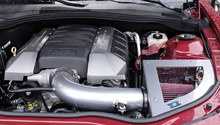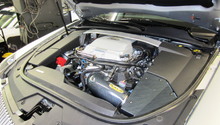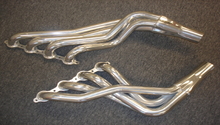Chevrolet Camaro 2010-Present: Performance Modifications
Your Chevrolet Camaro is a beast of a car, but there is always room for improvement. Read on to learn about the performance modifications you can add to your car.
This article applies to the Chevrolet Camaro (2010-present).
So you've already made a good decision in buying a fifth-generation Chevy Camaro SS or 1LE, congrats. While the stock form 426hp/420 ft./lb torque 6.2L LS3 V8 is a powerhouse of an engine, the engineers at GM did leave some overhead in terms of power potential. What that means is that it's not too difficult for savvy owners to extract a bit extra grunt from their engines without too much time, money or effort. If you're looking for some basic performance upgrades, then you've found the right article. Read on to learn the three most common power-adding bolt-ons for your Camaro.
Performance Modifications

#1 Cold Air Intake Kit
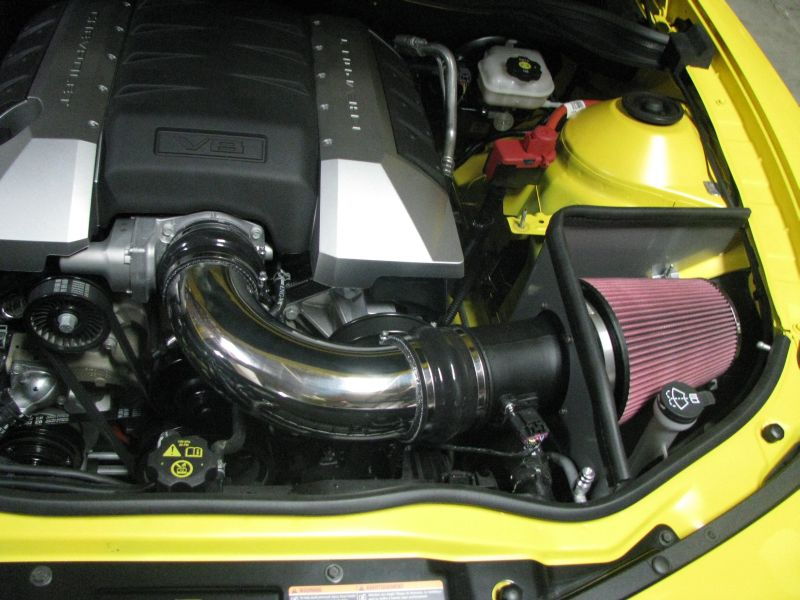
DIY Cost – $100-350
Professional Cost – $300-600
Skill Level – Moderate; this job requires the removal of various components.
The OEM equipment intake for the LS3 engine is actually quite efficient for a mass-market item; however, there is always a bit of compromise in the design. The stock intake must be quiet, easily serviced, and be positioned in such a way that the intake would not be susceptible to getting damaged or submerged in water, which would be bad. Aftermarket intakes replace the stock plastic and rubber intake with aluminum rolled tubing, angled towards the wheel well, ending in an open "pod" filter. Heat rises, so having the intake charge start down in the wheel well means colder intake temperatures, as well as more available air as it passes through that area at speed. To make power, you need air, fuel and spark, so increasing the amount of intake ingested as well as decreasing the charge temperatures (lower air temp = greater air density) means more power!
Kits differ between manufacturers, but for about $2-300 and an hour of your time, you will get increased performance and a throaty induction sound that the LS3 is known for making when you open it up.
Related Video: AIRAID LS3/L99 2010+ Camaro Intake Information
#2 Cat-Back Exhaust

DIY Cost – $259-500
Professional Cost – $500-700
Skill Level – Moderate; this job requires working from under the vehicle.
Your engine is a giant air pump, and will run as efficiently as you allow it. By opening the intake up with an aftermarket unit, you're allowing the engine to ingest more air. It makes sense to open the exhaust up to allow the engine to expunge the spent exhaust gasses out more efficiently. In terms of aftermarket parts, the two big pieces of your Camaro's exhaust that you care about are the exhaust manifolds (or aftermarket headers) and the downstream exhaust piping after the catalytic converters, known as the cat-back. Upgrading to an exhaust that is 3" in diameter all the way through will improve flow, and increase power.
The cat-back has a large affect on the overall sound that your Camaro is making. If you want loud and proud, look into an exhaust that deletes the mufflers, not only do you gain decibels, but you're dropping weight as the stock mufflers are quite heavy. On the flip side, if you're looking for a more tailored sound for your Camaro, try to pick an exhaust that is resonated. Larger resonators will lightly muffle the overall amount of noise produced, but more than that, they will cut down on highway cruising speed exhaust drone, and limit raspiness.
Related Video: Stainless Works Camaro SS LS3 Catback Exhaust
#3 Headers
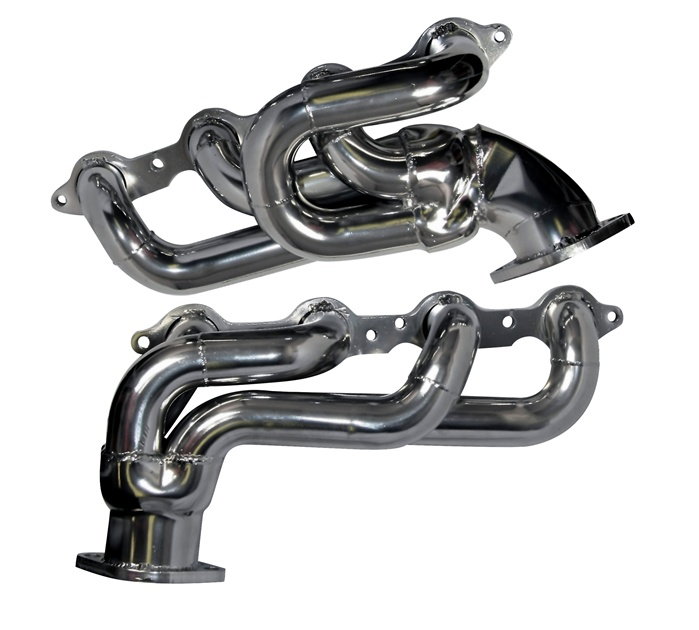
DIY Cost – $300-700
Professional Cost – $550-1,000
Skill Level – Moderate; this job requires the removal of various parts, and working from under the vehicle.
Let's come right out and say it: installing headers is a pain in the butt on these cars. That said, a well-designed set of aftermarket headers offers huge gains for the LS3 engine, often times in the way of 20+whp. As we previously mentioned, the engine is only as efficient as its restrictions. The original equipment exhaust manifolds (only aftermarket manifolds are headers!) are made to be compact and produced inexpensively, being made of cast iron. Cast iron is heavy, have you ever picked up a stock LS exhaust manifold? Exhaust headers are usually constructed out of stainless steel, which is thinner, and much lighter. Aftermarket headers are also designed to better smooth out the bends in the exhaust pathway, lessening restriction, and increasing flow. This means that headers tend to be bigger or longer than the stock "shorty" manifolds, making them a pain to install, but the sound and power gains are worth it.
Related Video: BBK Headers on LS3 Camaro Before/After Dyno
Related Discussions
- Performance Mods - LS1Tech.com
- Cold Air Intake - LS1Tech.com
- Intake Manifold - LS1Tech.com
- 5th Gen Free Mods - LS1Tech.com



